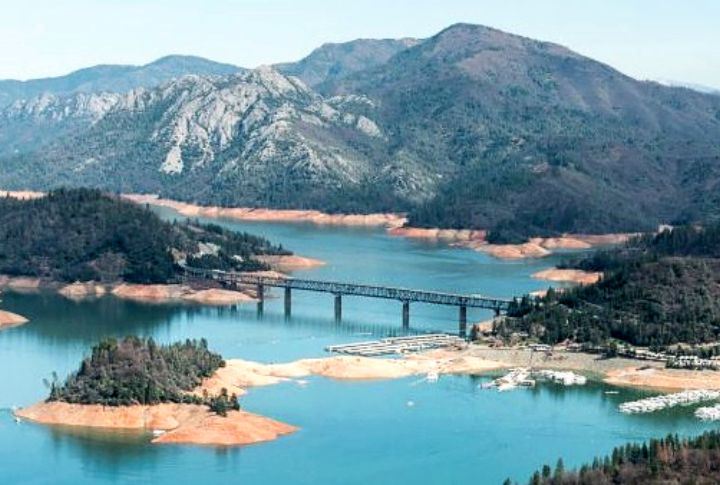
Lake Shasta, once a symbol of California’s drought struggles, has made a remarkable comeback in recent years. After years of severe water shortages, the lake’s revival has taken many by surprise, offering a glimpse of nature’s resilience. Here are ten surprising facts about how this body of water is bouncing back and what it means for the region.
Shasta’s Water Levels Surpassed Predictions
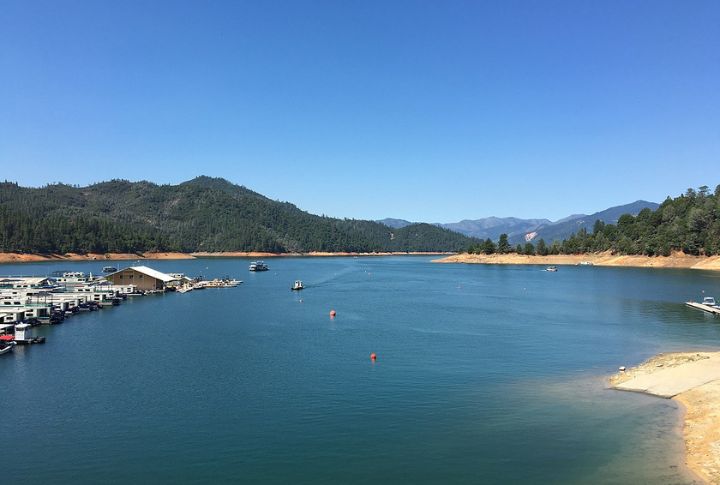
In early 2023, water levels at Lake Shasta exceeded expectations, filling faster than projected. Experts had anticipated a slow recovery due to drought conditions, but unexpected rainfall changed the game. The quick rise left even seasoned hydrologists astonished—nature certainly has its surprises!
The Snowpack Magic Behind Shasta’s Recovery
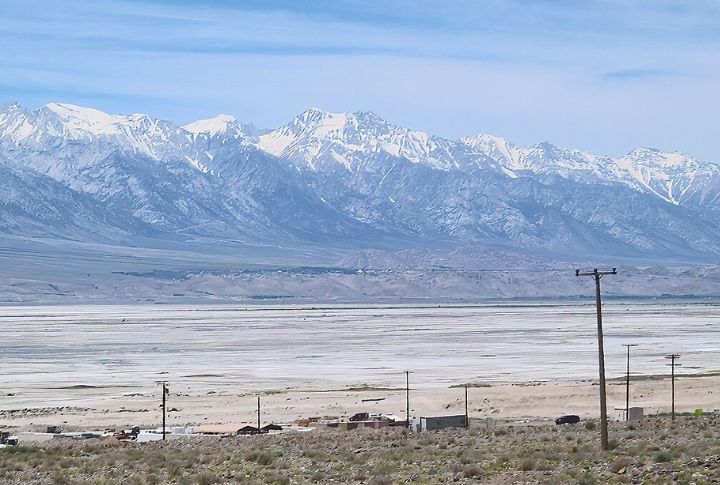
Every winter, snowpack in the Sierra Nevada directly impacts Lake Shasta’s water levels. When the snow melts in spring, it flows into the lake, replenishing it. Finally, snowpack levels were well above average, providing a major boost to Shasta’s recovery.
Shasta Dam’s Vital Contribution
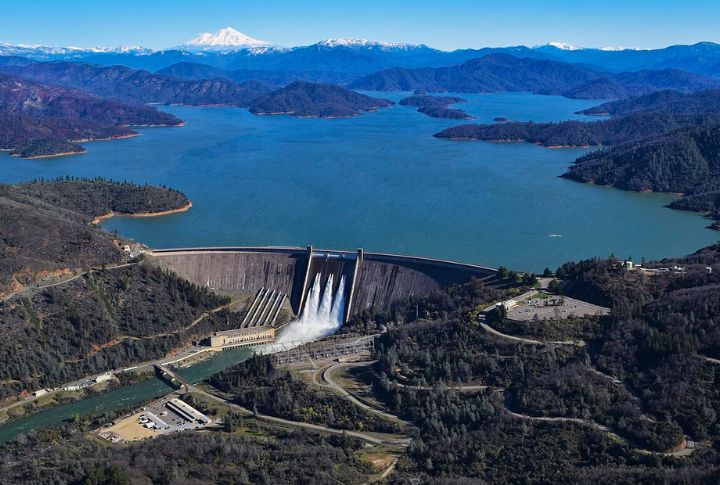
The Shasta Dam, completed in 1945, plays a key role in regulating water levels. It’s not just about flood control—this dam helps balance the lake’s water supply. Without it, Lake Shasta would be more vulnerable to drought, which shows the essential role of human-made structures in natural recovery.
Wildlife Flourishing Along The Shore

With water levels rising, the shoreline at Lake Shasta has transformed into a lush habitat for wildlife. The return of plants along the shore has created a safe space for birds and small mammals. This is a refreshing sign that ecosystems are bouncing back in unexpected ways.
Lake Shasta’s Influence On Northern California’s Water Supply
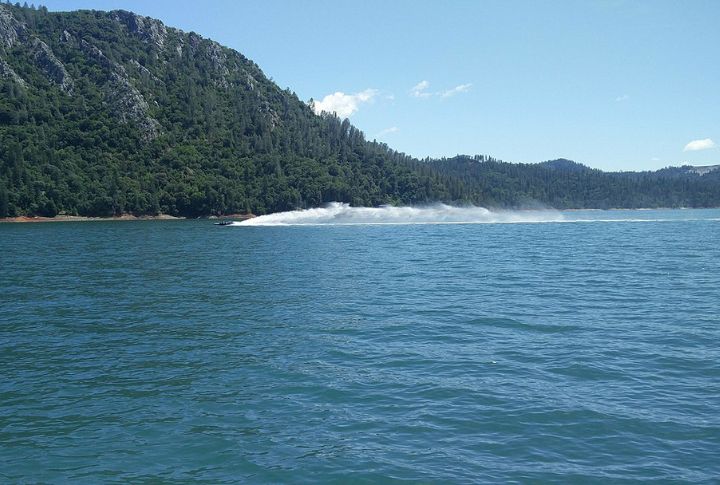
Shasta is a major water supply for over 2 million people in Northern California. As its levels recover, the region’s overall water security strengthens, providing much-needed relief after a prolonged drought. The lake’s revival has direct implications for both residents and industries.
A Local Economic Boom
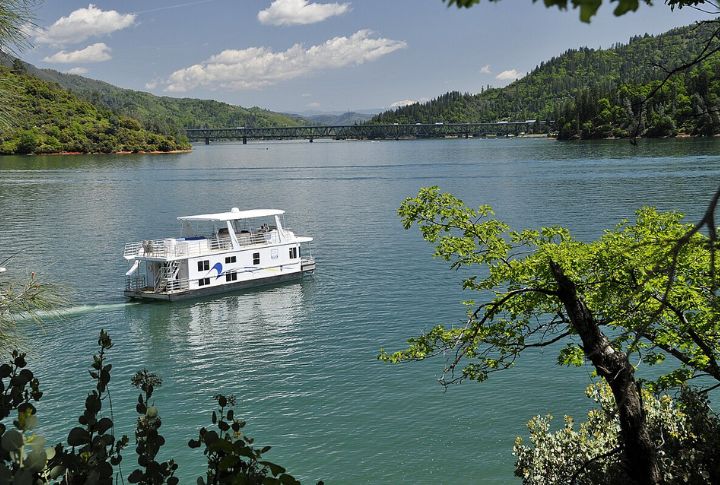
Shasta’s revival isn’t just an environmental success—it’s an economic one. As the lake fills, local businesses like boat rentals and hospitality services have seen an uptick in activity. The return of recreation opportunities benefits the community, highlighting how nature and economy can go hand-in-hand.
Recreational Access Returning To The Lake

Boating, fishing, and hiking are once again available around Lake Shasta’s shores. As water levels continue to rise, formerly dry areas have reopened to the public. The lake’s recovery has made it a prime destination for outdoor enthusiasts eager to get back on the water.
Climate Change Impacts On Shasta’s Water Cycles
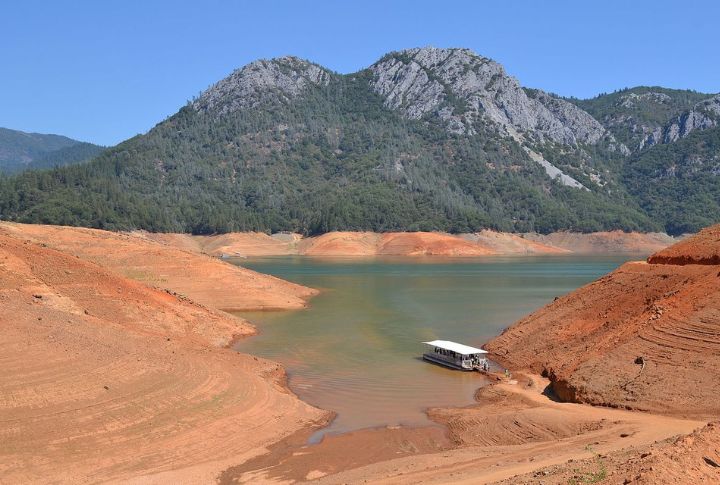
the lake’s revival offers hope, it also serves as a reminder of climate change’s impact on water cycles. Shifts in weather patterns mean increased uncertainty about long-term water availability. However, Shasta’s resurgence proves that natural systems can still adapt and recover, even under pressure.
Shasta’s Role In Firefighting Efforts
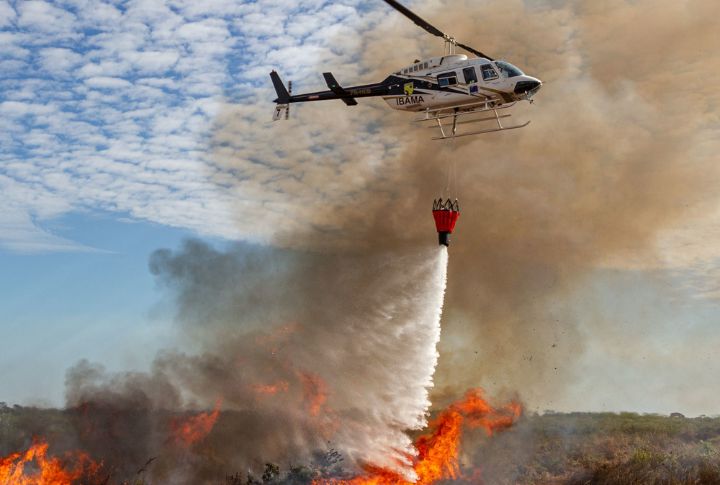
Lake Shasta is essential in the battle against wildfires in Northern California. The lake provides a critical water supply for firefighting efforts during dry periods. Its revival ensures that local fire departments have enough water to protect communities in high-risk areas during wildfire season.
Ecosystem Restoration At A Rapid Pace
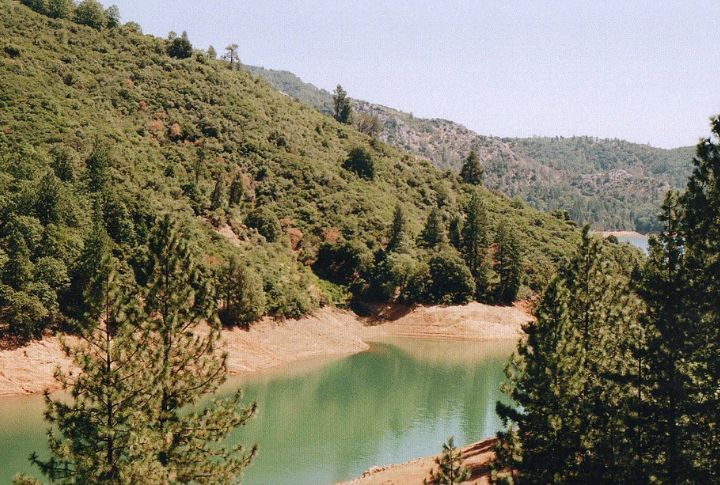
As Shasta’s water levels rise, ecosystems along its shores are recovering at an impressive rate. Native plant species are regrowing, and wildlife is returning in droves. This rapid restoration signals that, with the right conditions, nature can recover faster than many expect.
